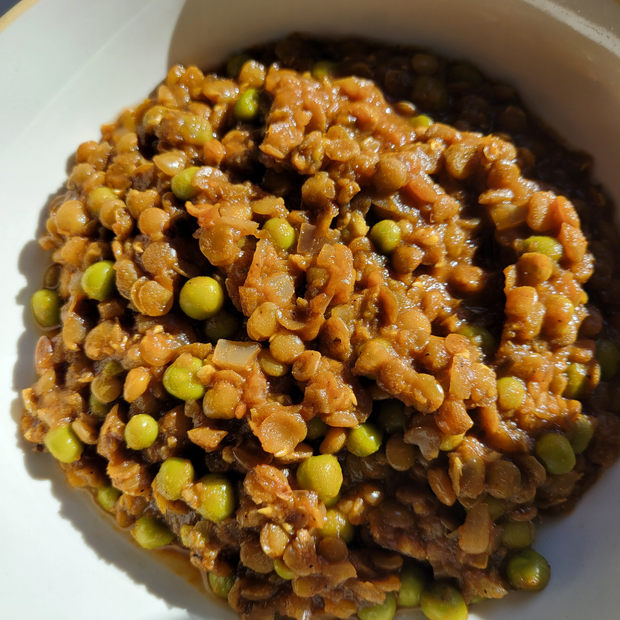This is my synopsis of the article, Gut microbiome: Meet Ruminococcus bromii – the microbe that loves carbs, with additional data.
Resistant starch (In my opinion, lentils are the best for this) is a type of dietary fiber that resists digestion in the small intestine and plays a crucial role in gut health and microbial balance. Ruminococcus bromii and *Faecalibacterium prausnitzii are two key bacterial species within the human gut microbiota that interact with resistant starch and contribute to its fermentation. The levels of R. bromii directly impact the levels of F. prausnitzii. Ruminococcus bromii specializes in breaking down resistant starch into short-chain fatty acids (SCFAs), such as butyrate, acetate, and propionate, through a process called amylolytic fermentation. These SCFAs serve as an energy source for colonocytes and exert various beneficial effects on gut health, immune function, and metabolism. Faecalibacterium prausnitzii, on the other hand, is a major producer of butyrate, a critical SCFA with anti-inflammatory properties that supports intestinal barrier function and helps maintain a healthy gut microbiota composition.
Optimum levels of Ruminococcus bromii and Faecalibacterium prausnitzii, facilitated by the consumption of resistant starch, are associated with reduced inflammation, improved metabolic health, and enhanced immune function. Furthermore, the fermentation of resistant starch by these bacteria promotes a balanced gut microbiota ecosystem, which is linked to overall well-being and disease prevention. Therefore, incorporating dietary sources of resistant starch and encouraging the growth of beneficial bacteria like Ruminococcus bromii and Faecalibacterium prausnitzii can contribute to optimal gut health and overall physiological function.
Together, Ruminococcus bromii and Faecalibacterium prausnitzii play essential, complementary roles in gut health. R. bromii is a key contributor to carbohydrate fermentation, while F. prausnitzii is a crucial producer of anti-inflammatory butyrate. Their cooperative metabolism underscores the complexity and interdependence of the human gut microbiota.
*In healthy adults, Faecalibacterium prausnitzii represents approximately 5% of the total fecal microbiota, but this can increase to around 15% in some individuals, making it one of the most commensal gut bacteria. The levels are directly dependent on dietary-resistant starch and polyphenol ingestion.




